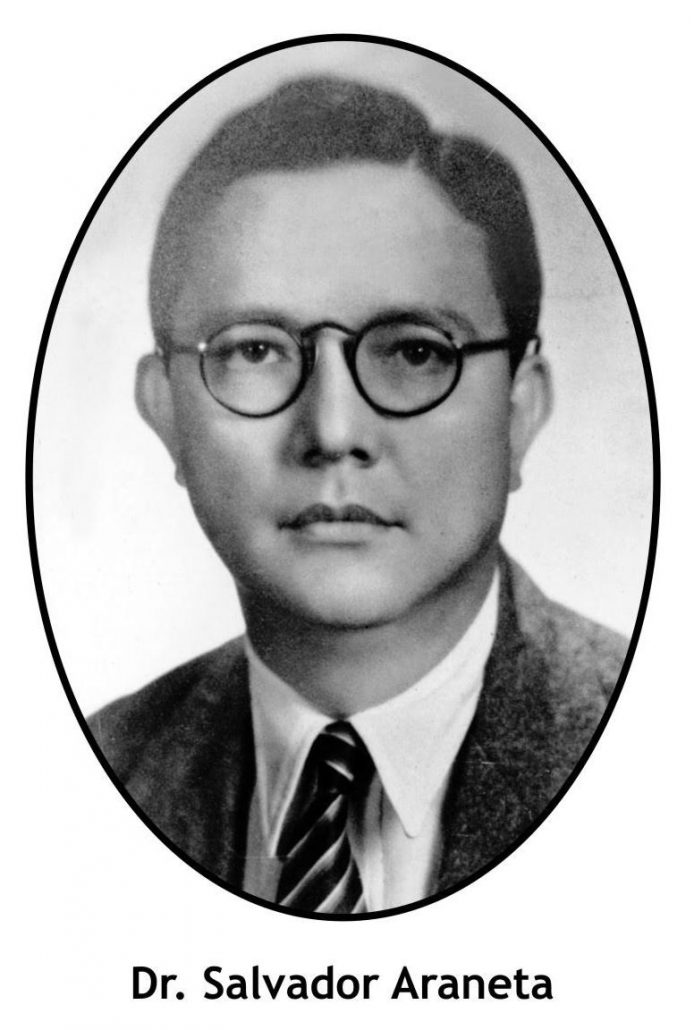 Rizalia for Philippines, Rizalinos for Filipinos
Rizalia for Philippines, Rizalinos for Filipinos
Dr. Salvador Araneta saw that naming the Philippines after a young prince who later ascended the throne of Spain is a negative factor in building our own national identity. It was the start of our colonial mentality. We had kept the name for too long even after independence.
Araneta noted that when he made his appeal to his fellow delegates during the 1972 Constitutional Convention, he cited as an example the then newly formed nation of Bangladesh which used to be East Pakistan.
There were those who were agreeable to the name change, while some wanted it confirmed through a plebiscite.
Araneta was agreeable, but it had to be confirmed separately from the issue of the new Constitution. In other words, we would have to conduct two plebiscites.
The idea of giving the country a local name is not new as suggestions had come up previously like naming the country Luzviminda, or Perlas ng Silanganan.
Aside from the fact Rizalia honors our National Hero, Araneta traced the origin of the Spanish word “racial” which means the green shoot of a rice stalk cut almost to ground level suggesting rebirth or renewal.
He felt that the hero’s name would inspire our people to live a life full of dedication to the country, as Rizal did and promote a society where national recognition is won through sheer merit.
Even a newly elected Pope adapts a new name because he is conscious of the new and awesome responsibility of leading the “children of God.”
Quoting Araneta, A.B. Saulo in his article “Rizalia For Philippines, Rizalinos For Filipinos” (published in 1972, Weekly Nation, researched by Wogie Pacala) wrote: “We are changing our name not to renege on the past but to give the nation a new identity that embodies our national aspiration and the new charter that we want to imprint in our people and our land.”
Led by Araneta, 25 other delegates signified their support to Araneta’s proposal. They were Raul Manglapus, Jose Ma. Paredes, Augusto Cesar Espiritu, Alejandro Lichauco, Antonio Raquisa, Estanislao Fernadez, Roseller Lim, Mauro Baradi, Heherson Alvarez, Feleciano Jover Ledesma, Jose Nolledo, Oscar Leviste, Francisco Astilla, Wilfredo Cainglet, Ramon Encarnacion, Leocadio E. Ignacio, Manuel T. Molina, Ramon Nisce, Arturo Pacificador, Melchor Padua Jr., Rustico de los Reyes, Dandy K. Tupaz, Pedro Valdez, and Reynaldo Villar.
The Bayanikasan Constitution
“The Bayanikasan Approach to a Cancerous Problem” was an article written by Araneta in reply to his detractors.
One detractor labeled his views as communistic, white the other one called him a clerico-fascist.
Araneta asserted he was neither. The latter critic was not only using crude language but one that needed expurgation.
Araneta’s reaction was that “it requires patience and the lamp of Diogenes to scan the article and to expurgate the foul language. There are also critics who could not come up with anything better than to criticize or castigate him for being rich, stereotyping him and saying that his noble actions ‘were merely to enrich himself or his friends further.’” (To be continued/PN)

